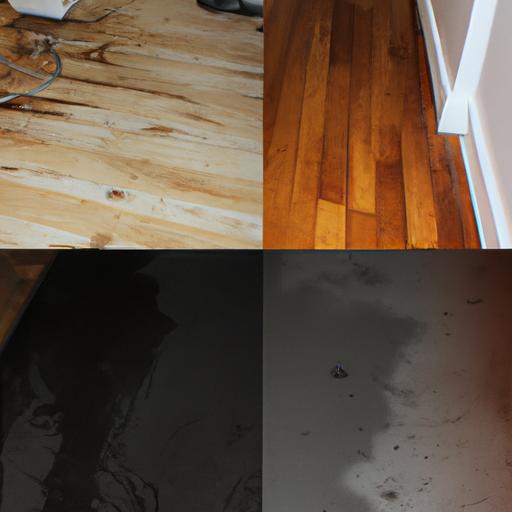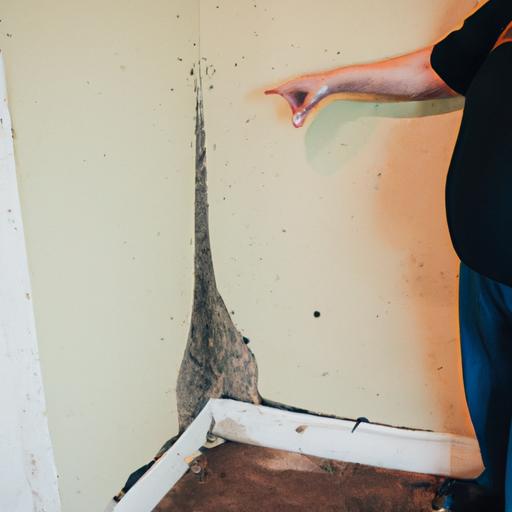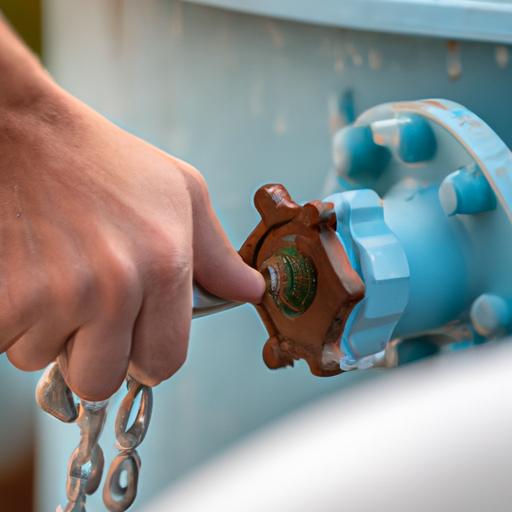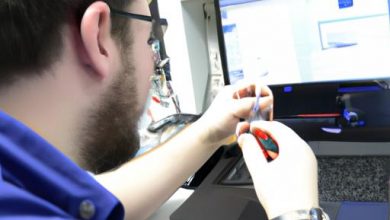How to Fix Water Damage: A Comprehensive Guide
Introduction
Water damage can wreak havoc on your home or property, causing structural issues, mold growth, and even health hazards. It is crucial to address water damage promptly to prevent further damage and costly repairs. In this comprehensive guide, we will walk you through the steps to fix water damage effectively and efficiently.

Understanding Water Damage
Water damage can occur due to various reasons, such as burst pipes, leaky roofs, or flooding. It is vital to understand the different types and severity levels of water damage to assess the situation accurately. There are three main types of water damage:
-
Clean Water Damage (Category 1): This type of water damage involves clean water from sources like broken pipes or overflowing sinks. While it may seem harmless, prolonged exposure can lead to mold growth.
-
Gray Water Damage (Category 2): Gray water damage refers to water contaminated with chemicals, microorganisms, or other impurities. This can occur from appliances like dishwashers or washing machines malfunctioning.
-
Black Water Damage (Category 3): The most severe type of water damage, black water, is highly contaminated and poses serious health risks. It can result from sewage backups or natural disasters.

Assessing the Damage
Before you begin fixing water damage, it is crucial to assess the extent of the damage. Start by identifying the affected areas and checking for any hidden damage behind walls or under flooring. Here are some steps to help you assess the damage:
-
Inspect Visible Signs: Look for signs of water damage, such as water stains, discoloration, or warping of walls, ceilings, or floors. These indications can help you pinpoint the extent of the damage.
-
Check for Mold Growth: Excessive moisture can lead to mold growth. Inspect areas prone to mold, such as bathrooms, basements, or areas with poor ventilation. If you notice any mold, it is essential to address it promptly to avoid further complications.
-
Use Moisture Detection Tools: Moisture detection tools like moisture meters or infrared cameras can help identify hidden water damage. These tools can detect moisture levels in walls, floors, or ceilings without causing any damage.

Steps to Fix Water Damage
Now that you have assessed the damage, it’s time to take the necessary steps to fix water damage. Follow these guidelines to ensure a successful restoration process:
1. Shutting off the Water Source
The first step in addressing water damage is to shut off the water source. If the water damage is caused by a burst pipe or a faulty appliance, locate the main water valve and turn it off immediately. This will prevent further water flow and minimize additional damage.
2. Removing Standing Water
Before you can start drying out the affected areas, it is crucial to remove any standing water. Use a wet/dry vacuum, buckets, or mops to extract the water. Be cautious while handling electrical equipment or standing water near electrical outlets.
3. Drying Out Affected Areas
Drying out the affected areas is crucial to prevent mold growth and further damage. Here’s how you can effectively dry out the water-damaged areas:
- Open windows and doors to improve ventilation.
- Use fans or dehumidifiers to circulate air and speed up the drying process.
- Remove wet carpets, furniture, or other items to aid in drying.
- Utilize towels or cloths to absorb excess moisture from surfaces.
4. Cleaning and Disinfecting
Water damage can introduce bacteria and contaminants into your home. It is vital to clean and disinfect the affected areas thoroughly. Follow these steps to ensure a clean and safe environment:
- Use a mild detergent and warm water to clean surfaces and remove dirt or debris.
- Disinfect the area using a mixture of bleach and water or a commercial disinfectant.
- Pay special attention to areas prone to mold growth, such as bathrooms or basements.
5. Repairing or Replacing Damaged Materials
Once the affected areas are dry and clean, you can begin repairing or replacing damaged materials. This may include:
- Patching or replacing drywall or ceilings.
- Repairing or replacing damaged flooring.
- Fixing or replacing electrical systems that may have been compromised.
For extensive damage, it is advisable to contact professionals who specialize in water damage restoration.
Frequently Asked Questions (FAQ)
How long does it take for water-damaged areas to dry?
The drying time depends on various factors, such as the extent of the damage, humidity levels, and airflow. In general, it can take anywhere from a few days to several weeks for water-damaged areas to dry completely.
Can I fix water damage myself, or should I hire professionals?
Minor water damage can often be addressed with DIY methods. However, for significant water damage or situations involving contaminated water, it is recommended to hire professionals. They have the expertise, equipment, and knowledge to handle the restoration process effectively and safely.
Are there any health risks associated with water damage?
Water damage can lead to health risks, especially if not addressed promptly. Mold growth, bacteria, and other contaminants can cause respiratory issues, allergies, or other health problems. It is crucial to take necessary precautions and ensure thorough cleaning and disinfection of the affected areas.
Conclusion
Fixing water damage promptly is vital to prevent further damage and ensure a safe living environment. By following the steps outlined in this comprehensive guide, you can effectively address water damage and minimize its impact. Remember to shut off the water source, remove standing water, dry out the affected areas, clean and disinfect, and repair or replace damaged materials as needed. If in doubt, don’t hesitate to reach out to professionals for assistance. Act swiftly to protect your property and restore your home from the effects of water damage.
By taking the necessary steps and addressing water damage promptly, you can protect your property, maintain a healthy living environment, and prevent costly repairs in the future. Don’t let water damage dampen your spirits—take action and restore your home to its former glory!

